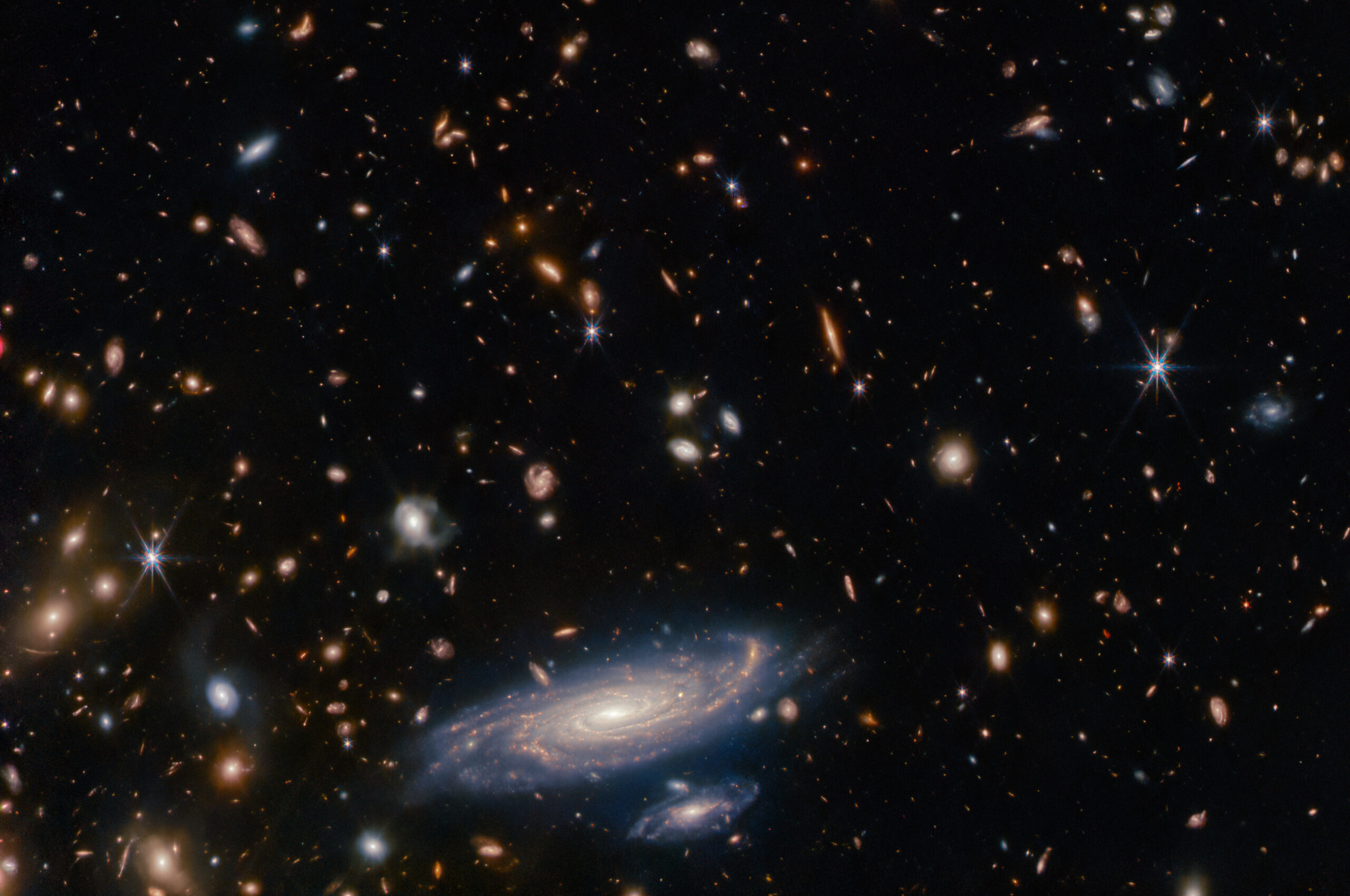This volume addresses the growing scientific concern surrounding climate tipping points—abrupt and potentially irreversible shifts in the Earth system that may occur even under moderate global warming. It explores key examples, including the melting of the Greenland and West Antarctic ice sheets, disruption of the Atlantic Meridional Overturning Circulation, and greenhouse gas release from thawing permafrost. Over the past three decades, Earth observation satellites have become vital for detecting and tracking such changes by measuring essential climate variables. Building on insights from the 2022 ISSI Workshop in Bern, the volume presents current perspectives on how satellite data can advance the science of tipping points and support efforts to assess and manage associated risks.
This collection presents results from the Workshop "Magnetic Reconnection: Explosive Energy Conversion in Space Plasmas", held 27 June–1 July 2022, which aims to review progress in research of magnetic reconnection and relevant processes in space plasma, based on recent in-situ multipoint observations and theoretical simulations, and to discuss its astrophysical context.
This collection presents results from the ISSI Workshop "Strong Gravitational Lensing", held 18–22 July 2022, which aimed to take stock of the considerable progress in our understanding of many aspects of strong gravitational lensing that has been made in the last decade. This became possible thanks to a wealth of observations from space and from the ground, through dedicated surveys or serendipitous discoveries, and through big steps forward in modelling and simulations.
With stunning clarity, the JWST has revealed the Universe’s first billion years. The scientific community is analysing a wealth of JWST imaging and spectroscopic data from that era, and is in the process of rewriting the astronomy textbooks. Here, as a result of the 2024 ISSI Breakthrough Workshop, we provide a snapshot of the great progress made towards understanding the initial chapters of our cosmic history 1.5 years into the JWST science mission.
This volume offers a thorough exploration of the observation of Earth's water–energy cycle, a foundational aspect of climate science. It features a collection of up-to-date articles that provide insights into current estimates of the Earth’s water and energy fluxes, based on satellite observations, atmosphere–ocean reanalyses, and global coupled atmosphere–ocean model simulations. The book deepens our understanding of the role of clouds in the energy cycle, focusing particularly on tropical clouds and their responses to surface warming patterns, which influence global warming. It also examines the connection between tropical clouds and deep convection in the tropics. Furthermore, the volume identifies key priorities for developing an integrated and optimized observation system for Earth's water–energy cycle. It highlights the challenges currently faced in monitoring and modeling this cycle to improve predictions on annual to multi-decadal timescales.
Venus is a scientifically rich target for exploration.The evolution of Venus is, at present, poorly known, despite it being our closest planetary neighbor. This book reviews current knowledge of how Venus formed, evolved, and reached its current state. It is not clear how its tectonic and volcanic activity has varied through history, nor whether it once had a habitable phase with liquid water on its surface. Science questions addressed in the book span interior processes, surface geology, the atmosphere, climate, evidence for current activity, and the potential for past habitability.
This collection presents results from the ISSI Workshop "Surface Bounded Exospheres and Interactions in the Solar System" which reviewed the knowledge on the surface-bounded exosphere conditions, generation, variability and loss processes, from theoretical, observational and experimental points of view. The output collects the present state of knowledge on this subject and drafts a roadmap for future investigations in view of the next missions, i.e., BepiColombo to Mercury or orbiters and landers to be operated on the Moon.
This work got its start by trying to answer the question "how do you evaluate the scientific performance of the ESA's Science Programme missions?" For many years, the decision makers responsible for the content of the ESA Science Programme have been provided with information for each mission including, but not limited to, the number of publications published, the number of publications that are highly cited, the total number of citations used, various statistical metrics and the number of unique author names. However, this reporting only provides snapshots of these missions and was not widely distributed.

